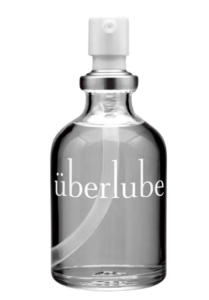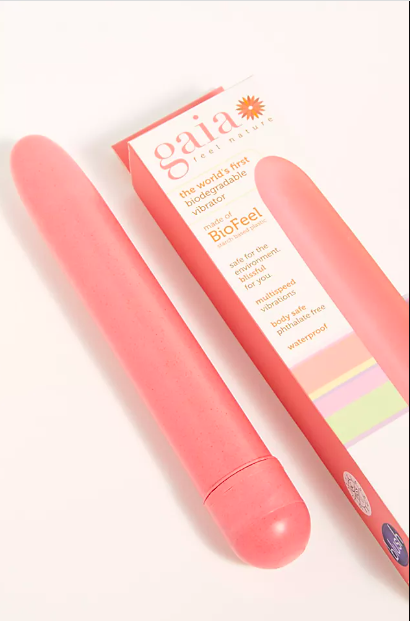Majority of the people who lead a conscious life style try to be zero waste in every area of their lives. The more I discuss such topics with people, the more I realized that there is one area where almost nobody thinks of when it comes to being zero waste – sex.
There’s two aspects of this subject that we need to consider in this matter: health and pleasure.
To be honest, having zero waste sex which is also safe might be nearly impossible. Why, you may ask? Well, because we use protection. Condoms are primarily made from latex (and tons of other ingredients), and are not biodegradable – that’s the price of being safe. The big question comes in, when people want to create less trash but the same time, they want to feel protected and safe. And let’s be honest, who doesn’t want to feel safe in order to fully be present and enjoy the moment with their partners?

Zero waste sex guide
Condoms
While condoms are amazing for protecting us from unwanted diseases and babies, they aren’t all created equal. Some condoms are just better than others. That’s true of every other item we use in the bedroom, let it the pill, lubricants or sex toys…
If you’d really like to be mindful about the condoms you use—and in my opinion making a very careful selection, even if it’s not the best for the planet is still better than abandoning condoms just for the sake of creating less trash—you might consider to look out for the below ingredients:
- nonoxynol-9: this effective spermicidal can cause inflammation in the vagina, cervix and rectum when used frequently
- parabens: can accelerate the growth of hormone-receptor-positive breast cancers or even affect the quality and quantity of sperm production in men
- benzocain: an anesthetic used in certain condoms to decrease sensitivity and increase comfort during intercourse, aka it has a slight numbing effect. The side effects of benzocaine can include localized inflammation, irritation, and dryness.
- glycerin: is commonly used in personal lubricants and flavored condoms to improve taste during oral sex because it is a sweet-tasting preservative but excessive exposure to it it can cause nausea, headaches, excessive gas and dizzines
- casein: I always thought condoms are vegan until I figured that many contains casein, which is a milk protein that is added to the latex of the condom. Even if you aren’t vegan, there is a risk of allergy, like in my case. I am intolerant to casein and got allergic reaction several times before knowing what might cause it. Luckily there are vegan options with natural latex, BPAs or GMOs.
Another important aspect of using condoms is getting rid of them is that they should be disposed properly.
Not to mention, there have been accounts of child labor and poor working conditions in the condom latex industry (learn more on that here).
Birth control
The pill might be the second most used item in the bedroom. Increasingly, women are getting off the pill and turning to natural birth control methods. While I might not be the best person to give advice on the pill as I’ve never taken it, what I find important is that it can’t be good for the body to consume synthetic hormones.
No pill (even medicine) gets fully absorbed by the body. In this case, it means that about 90% of the hormones in the pill get flushed in the toilet and end up in our water system. There are many other methods as an alternative to the pill such as tracking your cycle (FAM—zero waste) or IUD (low waste), but keep that in mind that all these methods only protect you from unwanted pregnancy, and not STDs which the condom can protect you from.
Lubricants
People spend insane amount of money on packaged, synthetic lubricants. But did you know that there are some natural options like coconut oil? (Note: coconut oil is not to be used internally with condoms. In fact any oil based lube, as oil can break down latex and thus make them less reliable and effective. When using a condom, make sure to use a water-based lube.) Many lubes contain animal products and are also often tested on animals. If you are going to purchase a lubricant, look for a natural one free of synthetic ingredients. There are many out there, but look for ones that are in a rigid glass container, not a squeeze tube as those will not be recycled. If you already make your toothpaste and deodorant at home, look up some home made lube recipes on the internet to add to your shelf.

Uberlube in a glass bottle
Sex toys and vibrators
Other items such as vibrators, plugs, and different sex toys might not be as popular in the bedroom as the above mentioned ones, but we still need to talk about them. Many elements of (self)pleasure can be turned into zero-waste or just more sustainable with a little more attention.
There are thousands of toys and accessories, leashes, handcuffs, blind folds, and clothing items one might use. Most of these things are made with slave labor to keep prices cheap and come in extra plastic packaging. For things like blindfolds or hand cuffs, you can use scarves or belts that you already own, or buy in a thrift store.
When it comes to other types of sex toys don’t need to be made from synthetic latex or plastic, some dildos are made from metal, wood or glass, which is extremely durable and safe. 100% silicone is also better than plastic. One of the good things with silicone is that it does not degrade into tiny small pieces like plastic in the environment, and that we all can definitely appreciate.
Vibrators contain petroleum-based plastic and electronic devices which both are hard and almost impossible to recycle. But there, of course, sustainable and good options when it comes to vibrators like the Gaia vibrator which is the world’s first biodegradable and recyclable vibrator made from a corn-starch based plastic.

Now we went through all kind of pleasures in our bed and probably in our head, it’s time to do a little clean up! Most people use tissues or worse, disposable wipes to clean up after having fun between the sheets. Tissues or toilet paper is still better but you can also use soft, washable cloths too.
As you can see, making what goes on between the sheets zero waste is a tricky task, but to make it more eco-friendly is not impossible. But looking for the right way to get pleasure without harming the environment can bring you even closer to your partner and help you understand yourself better.
Get more like this—Sign up for our daily inspirational newsletter for exclusive content!
__
Photo: respective brands; Dainis Graveris via Unsplash




